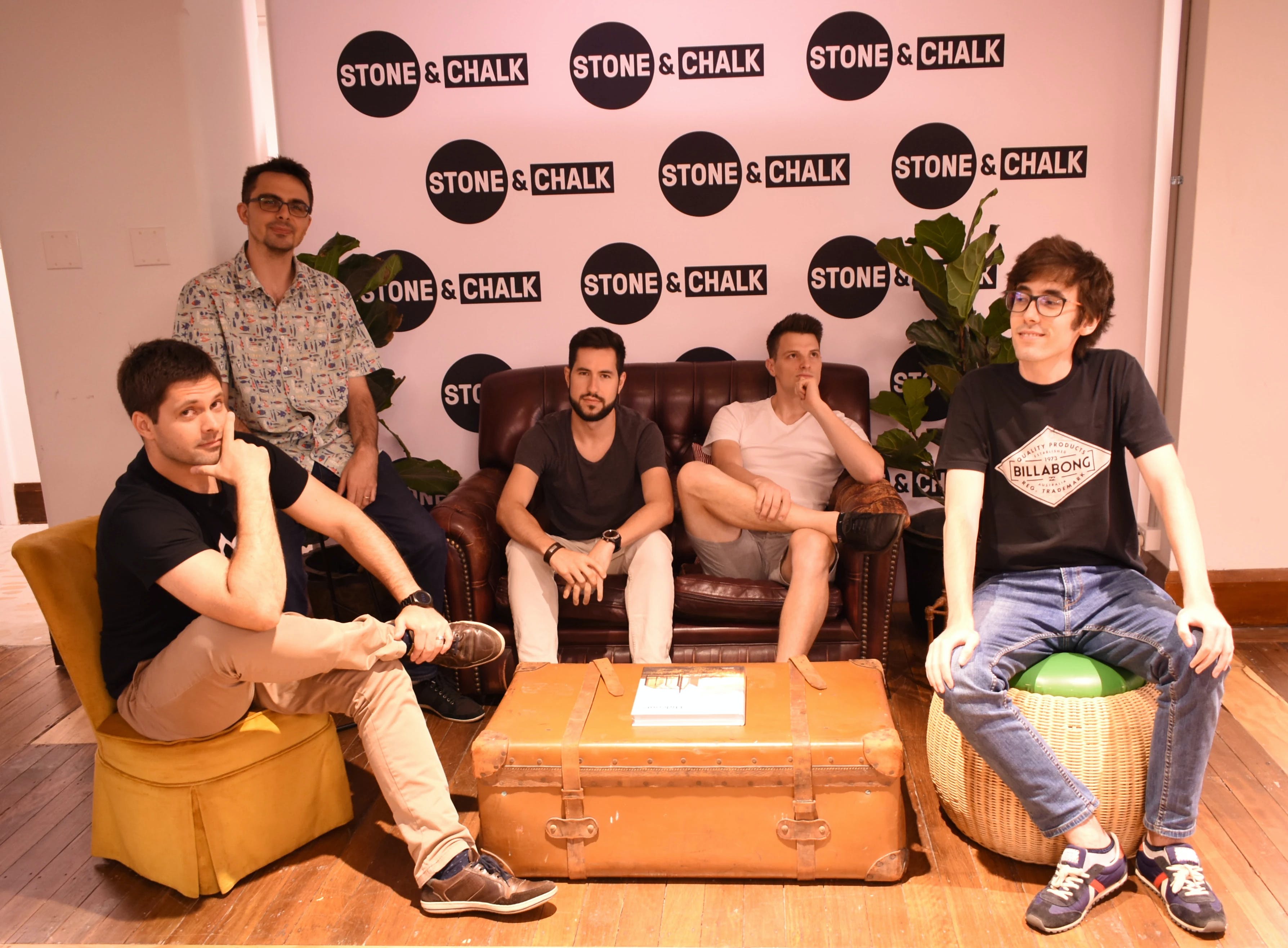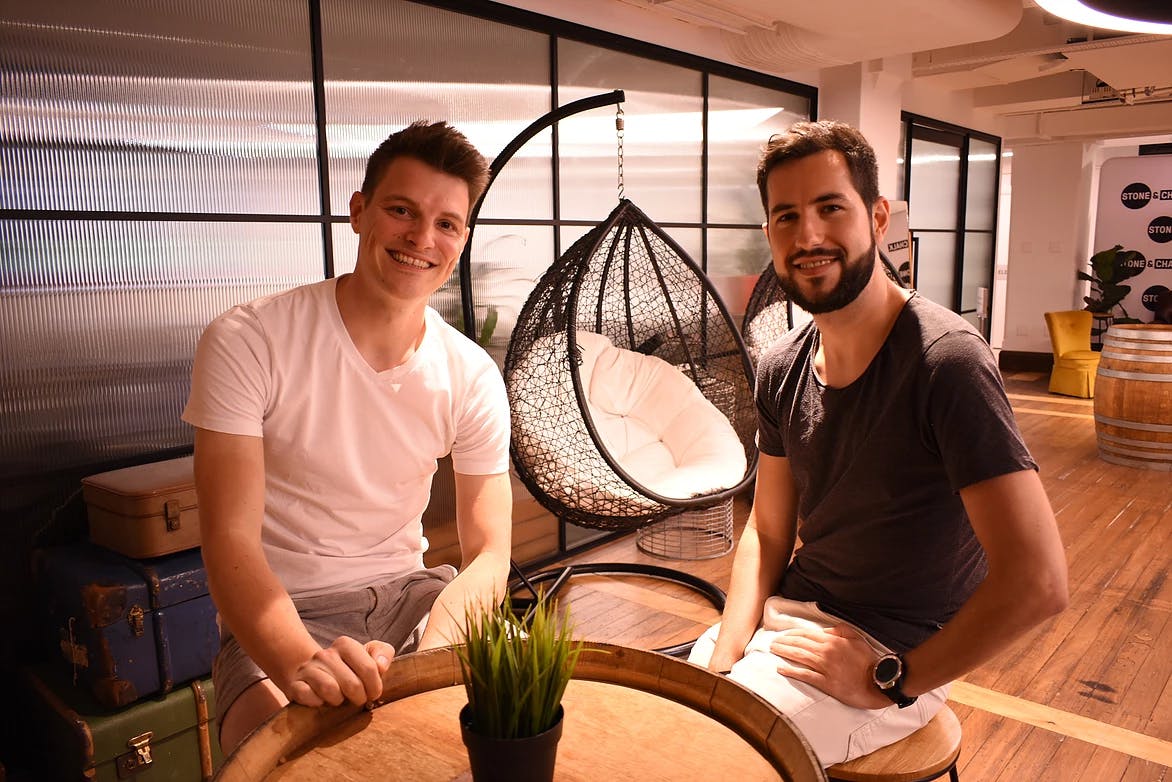
According to Dr. Philipp Hoenisch, every good story starts with a party. At least, that’s how the story of CoBloX, the blockchain research lab funded by TenX – a cryptocurrency payment company, began. A fortuitous meeting at a party between two Austrian students: Philipp himself, now CoBloX’s Research Lead, and Thomas Eizinger, one of CoBloX’s Research Engineers.
Like how the internet makes communication and the transfer of information possible, CoBloX are shepherding a system similar in size and reach, but for payments and transactions. According to COMIT’s white paper, the Cryptographically-secure Off-chain Multi-Asset Instant Transaction network (COMIT) will help in halting the increasing fragmentation occurring within the blockchain industry.
But what exactly is blockchain?
Perhaps the best way to understand blockchain is to first start with what it represents: “a revolution to the underlying technologies of money, but with decentralisation as a core principle,” explains Philipp.
This means the network operates on a completely different digital backbone compared to the highly centralised and protected databases of governments and banks. Control of a centralised database rests with an owner, and any changes made need to be facilitated by that central authority.
If we take a centralised approach to a ‘master document’ created by a team, each member would need to ask permission to edit the document, and then confirm if those changes will be accepted by the one in charge, rendering the process both time-consuming and prone to censorship.
Blockchain, on the other hand, operates on a peer-to-peer basis, and would allow for that document to be shared in real time with all members, doing away with a workflow that is transferral in nature.
Now instead of a ‘master document’ think of blockchain as a ‘distributed public trust ledger’.
- Distributed in that information isn’t communicated to various parties, but independently constructed and held by every member.
- Public in terms of transparency.
- And a ledger because it records all transactions.
How then does a decentralised network, with no central entity, maintain its operation?
Through a state of consensus, says Thomas. “With the Bitcoin blockchain, the network self-audits every ten minutes, taking all transactions in that period and grouping them to make a ‘block’. Each block is a new developed state on its own, adding to the perpetual chain of previous blocks.”
What can be confusing about blockchains is that there isn’t just one type of blockchain. Since the creation of Bitcoin in 2009, there has been a plethora of public and private blockchains, like Ethereum, Litecoin and XRP.
“But each blockchain is its own system and never interacts with one another, meaning I would not be able to send you money on another chain,” says Thomas.
And it’s here that COMIT comes into play.
“We are building a protocol which provides the means for connecting all blockchains,” states Philipp.
“Obviously there are many different blockchains out there, each serving a different need with varying cryptographic models and privacy and security guarantees. But in order to unify everyone you need some kind of glue.”
Philipp and Thomas refer to this potential as interoperability - the ability to exchange information between blockchains. But COMIT will also allow for scalability of single blockchains.
“That means enlarging the usability of the blockchain,” adds Thomas.
“Each block is a specific size and can only hold a specific amount of transactions, but right now this isn’t big enough to cover the whole world. You need some scalability properties in place in order to allow for more transactions to be processed on a global scale.”

Philipp and Thomas believe that achieving interoperability and scalability through COMIT will be what pushes blockchain to consumers, not as a direct competitor to current financial services, but as a new technology that builds upon what we already know of traditional money systems.
“Banks will definitely exist for a long time because they provide services. There will always be a need for loans in order to invest, but this is not yet possible in blockchain itself, because it can’t produce money out of thin air and promise to give it back,” says Philipp.
Thomas agrees, “There are some people in this field who believe that we should get rid of all banks, but I think both systems will coexist. It has disruptive potential but there’s still much to learn.”
For now though you will find Philipp, Thomas and the CoBloX team at Stone & Chalk, where they are collectively passionate about writing good code.
“Stone & Chalk is a great environment because you’re not always talking about the same topic,” says Philipp. “You meet other people who are tackling completely different problems, and you think, ‘It’s so refreshing!’”
But, “I can be picky about the coding,” admits Thomas, a little sheepishly. Philipp grins.
Is CoBloX’s Research Engineer a bit of a perfectionist?
“Yes!” they both pipe up, and then laugh.
If you’d like to learn more about CoBloX, get in touch.
*28 November 2018 *